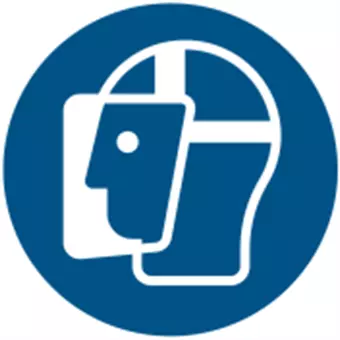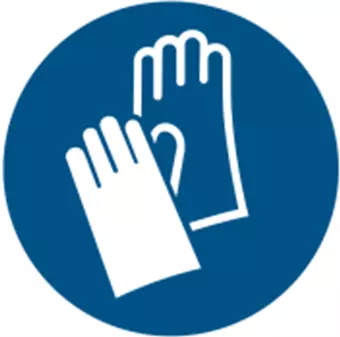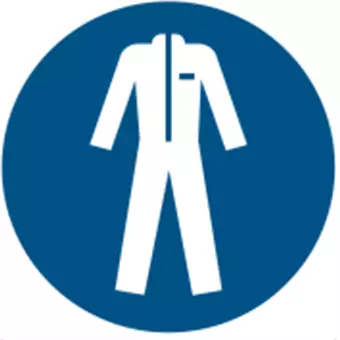Safety and UVC light
UVC light is dangerous for skin and eyes, so it is important to have the installation designed by a specialist and to take the correct precautions.

The risks of UVC light
Because UVC radiation does not emit heat, exposure is only noticed after a few hours. This means that the danger is not always recognized at the time of exposure, making it difficult for people who work with UVC light occasionally. Therefore, UVC lamps can be dangerous.
The consequences of exposure to UVC light include:
- Blinding of the eyes (inflammation of the cornea).
- Burning and reddening of the skin.
In all situations where UVC light (also known as UV-C radiation) is used, the risks to humans and animals must be taken into account. To ensure that UV lamps limit harmful effects, it is important to design and install them safely.
Standards and laws for UVC light and radiation
UVC light falls under artificial optical radiation. The European Directive 2006/25/EC of the European Parliament applies to this. This directive provides a combined limit value for the maximum allowable dose of UVC light for skin and eyes. According to this directive, an intensity of 100 nW/cm² is permissible if worked in for 8 hours a day. A few seconds of direct exposure to a UVC lamp can already exceed the allowable dose according to this standard.
In the United States, ANSI/IES RP 27.1-22 applies. This directive, unlike its European counterpart, provides separate limit values for the UVC dose for both skin and eyes.
The most important thing: safe design and installation
A UVC system can almost always be designed safely for operators, technicians, and visitors. Even without knowledge of the dangers of UVC light, they should be protected from exposure through a thoughtful design. Examples of measures include:
- Mechanical shielding or interlocks
- Electrical provisions and interlocks
- The design and layout of the workplace and work area
- Providing appropriate personal protective equipment
- Warning of the dangers of UVC light through warning stickers or instructions
Bioclimatic supports you in implementing safety measures, such as safety switches, shields, and interlocks for doors or hatches during disinfection.
Validation of the safety of custom UVC applications
Despite careful design based on the above guidelines, unforeseen safety risks from UVC light can arise in practice. For this reason, it is advisable to validate the design of a UVC system before commissioning.
Bioclimatic performs safety validations with the correct, calibrated measuring equipment and offers advice on possible improvements for safe working with UVC light. This way, compliance with European legislation can be checked.
Symbols used:
| |
Recognizable warning UV light | Optical radiation symbol according to ISO 7010 |
|
|
|
Face mask required | Gloves required | Safety clothing required |
Sources:
- Directive 2006/25/EC of the European Parliament and the Council of 5 April 2006 on the minimum health and safety requirements regarding the exposure of workers to risks from physical agents (artificial optical radiation) Read more >
- Recommended Practice: Risk Group Classification and Minimization of Photobiological Hazards From Ultraviolet Lamps and Lamp SystemsRead more >
- Arboportaal (Dutch Ministry of Social Affairs and Employment)Read more >
- UV exposure in industrial and medical applications (May 2020) This publication is issued by the Dutch National Institute for Public Health and the Environment. Read more >




